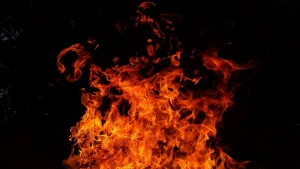
Stormer: British invisible systems with super-fast missiles that massively destroy Russian drones
Air defense systems have different functions. Some cover large cities or strategic sites. Others protect defenders near the front line. The British Stormer HVM, which has a "superpower" - it is invisible to Russian aircraft - belongs to the second category
Espreso explains what the Stormer system is, what its characteristics are, what makes its missiles special, and what the Ukrainian Armed Forces say about the British systems.
Here's a brief summary of the text:
- What is the Stormer air defense system?
- How many Stormer systems have been supplied to Ukraine and where they are used
- How does the Stormer system work?
- Features of the "Stormer" system
- Tactical and technical characteristics
- Ukrainian defenders about the Stormer HVM air defense system
What is the Stormer air defense system?
The first armored vehicles under the name Stormer appeared in the 1970s, when Alvis Vickers decided to create an armored personnel carrier on the basis of the then new British Scorpion tank. This is how the Stormer tracked armored personnel carrier was created. Subsequently, in addition to the basic modification, self-propelled anti-aircraft guns and mortars, reconnaissance armored vehicles, APCs for bridge construction, evacuation, etc. were created. The armored personnel carrier uses a lightweight yet durable welded aluminum hull with bullet and fragmentation protection.
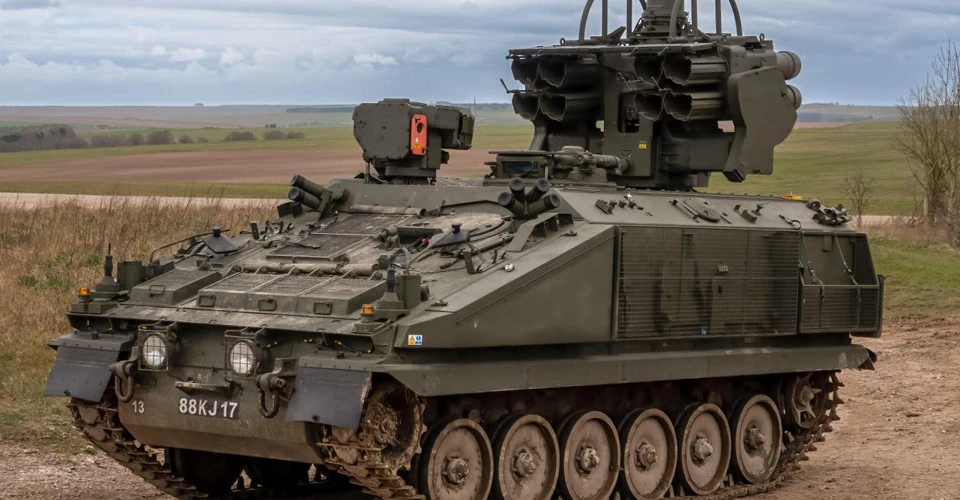 Photo: thetimes
Photo: thetimes
In 1997, the Stormer HVM (High Velocity Missiles) anti-aircraft missile system was introduced. In fact, 8 launchers for StarStreak missiles were installed on the Stormer armored personnel carrier at once, which can destroy air targets at a range of up to 7 km and at an altitude of up to 7 km. There are also modifications of the Stromer that use Marlet LMM missiles. The main purpose of the system is to destroy helicopters and aircraft flying at low altitudes. The closest analog to this air defense system in the Ukrainian army is said to be Strila-10. But the capabilities of the Stormer HVM are higher due to its thermal imager, guidance system, and more modern missiles.
Since its inception, it has been exported to Indonesia, Malaysia, and Oman.
How many Stormer systems have been supplied to Ukraine and where they are used
In April 2022, the media reported that Ukraine would receive Stormer HVM systems from the United Kingdom to fight aircraft at low altitudes.
"It is an extremely effective, highly mobile combat vehicle that will do severe damage to any attempts at low-level attack," said Richard Kemp, former commander of British forces in Afghanistan.
As of July of the same year, the UK had already handed over the first six Stormer systems to Ukraine, the first six systems had already arrived at the front, and the Ukrainian Armed Forces’ South Command had released a video of the Stromers operating at the front.
In August, when reporting on the successes of the day - 4 downed Russian drones of the Orlan-10 type and a Su-25 attack aircraft - the press service illustrated the report with the Stormer. A video of the movement of this equipment near Vuhledar in February 2023 was published by AFP journalist Arman Soldin. There, Stormers were covering the defenders of Ukraine from air attacks by Russian troops.
According to Defense Express, the British Army has only 60 Stormer HVM systems. Therefore, military observers called the transfer of even six of them to the Ukrainian Armed Forces "significant support.” The Russian propaganda channels distributed a video of a Lancet “kamikaze” drone hitting the system. The Stormer began to burn, and Russia immediately announced its complete destruction. However, the Ukrainian military denied the claims, releasing photos of damage to the launch turret and part of the hull. After such a collision, the Stormer has to be repaired, so all the HVMs handed over by the British continue to target Russian aircraft.
How the Stormer air defense system works
"The Stormer is characterized by high mobility and compact dimensions, according to a review by ArmyInform. Its front compartment is equipped with a 250 hp Perkins T6 3544 diesel engine, which can accelerate a nearly 14-ton vehicle to 80 km/h. At the same time, the range reaches 600 kilometers.
The tracked chassis provides good cross-country ability. In addition to aluminum armor that protects the three-person crew (commander, gunner, driver) from shrapnel and bullets, Stormer is additionally equipped with a system of protection against nuclear, biological and chemical threats.
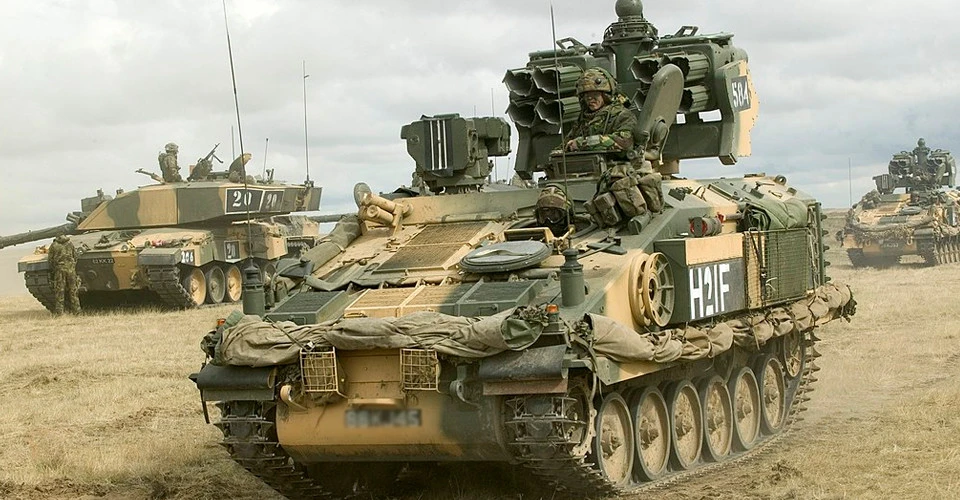
Photo: Mike Weston/MOD
"A special rotary launcher for eight Starstreak missiles is mounted on the roof of the Stormer HVM. Another 12 missiles are stored in the aft compartment of the hull. Along with the launcher, a panoramic sight with a thermal imaging channel and an airborne threat warning system are installed to recognize and prioritize targets. According to some reports, Stormer can detect aircraft at a distance of 18 km and helicopters at a distance of 8 km. At the same time, it takes less than 5 seconds from target acquisition to missile launch," the article says.
The British air defense system uses a guidance method based on the principle of flying in a laser beam. The system's automation highlights the target, and the missile is held in the beam and hits it. After launch, the missile flies at a speed of over 1 km/s, which gives the enemy aircraft very little time to maneuver.
Features of the Stormer air defense system
Stormer HVM operates at short distances and resembles a typical air defense system. However, it differs from its analogues in its main feature - the system does not have a radar station, so it does not emit anything. Without emission, the Stromer cannot be detected by onboard threat warning systems installed on aircraft. That is why Stormer air defense systems are often called "invisible.”
"Why they are called 'invisible' is because of their ability to guide missiles to the target in a semi-automatic mode. This makes the British air defense system literally ‘invisible’ to onboard radar sensors on enemy helicopters and airplanes," explained the South Command.
Defense Express also draws attention to an important feature of StarStreak missiles: instead of a high-explosive warhead, they use three separate submunitions - "darts" that hit the target at the final stage of the attack. That is, as the missile approaches the target, it splits into three "darts," tripling the likelihood of successful hit and destruction of the target. Each of them can accelerate to a speed of Mach 3, has its own laser tracking system and a delayed fuze. In addition, the “darts” consist of a double part - the main and tandem charge, which passes through the shell and explodes inside.
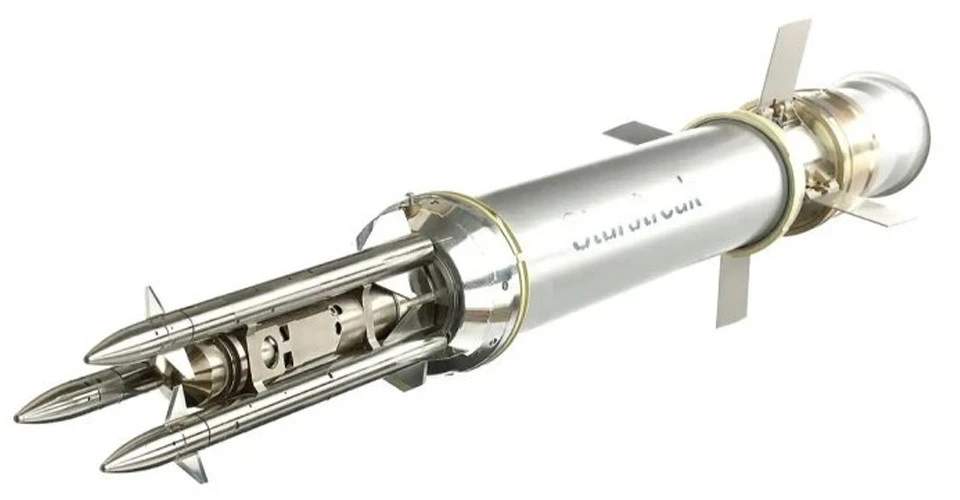
Starstreak missile, photo: armyinform
While Starstreak missiles operate on the principle of javelins and do not require an operator, Marlet LMMs are accompanied by an operator to the target. The advantage of these missiles is that the operator has more time to aim (the Marlet missile has a speed of 510 m/s, while the StarStreak speed exceeds 1.3 km/s).
Tactical and technical characteristics:
- Length - 5.6 m
- Width - 2.8 m
- Height - 3.4 m,
- Weight - 12.7 tons,
- Crew - 3 persons,
- Airborne - 8 people,
- Speed - 80 km/h,
- Engine power - 250 hp,
- Armament - 8 surface-to-air missiles,
- Range - 6 km with Martlet missile, 7 km with StarStreak missile
Ukrainian defenders’ opinions about the Stormer HVM air defense system
The Stormer is not suitable for protecting the deep rear from missile or drone attacks; its main task is to protect the military at the front and in the frontline areas. A large number of Russian drones have become a major challenge there, and their launch is followed by either artillery fire or an offensive by the Russian army.
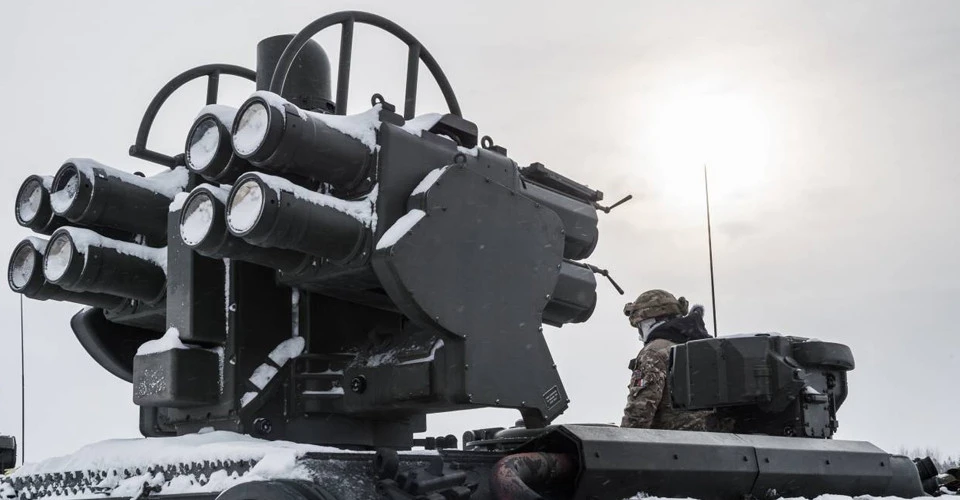
Photo: armyinform
"In this area, we destroyed 20 targets of the ‘drone’ type. There were different types of drones - Orlan, Zala, Supercam. Such a complex is important where there are the most battles, where the enemy breakthroughs, and where there are a lot of drones flying. We try to help the artillery, because if drones are flying, the artillery does not work. If artillery doesn't work, it doesn't help the infantry. So then it is very difficult to work," Anton, the crew commander of the Stormer air defense system, explained in a commentary to Radio Liberty.
He told an interesting detail - the soldier mastered the Stormer system directly at the front, during combat operations. Previously, he had learned to operate Soviet short-range air defense systems (Strela-10, Shilka, Tunguska). During his year of work on the Stormer, he destroyed 55 Russian drones.
Another crew that ArmyInform correspondents talked to had undergone several months of training in the UK.
"The British instructors were impressed with our experience in technical training. We were quickly able to master all the nuances of operating this type of equipment. During the training, I had to hit about 1,000 simulated air targets. At the front, if an aircraft is caught in the path of our missile, it will not escape. The speed of the missile is about 1 kilometer per second. In any case, the target will be hit by 90 percent," said Yaroslav, a Stormer air defense system operator.
"We can find the target, hit it quickly and leave the firing line instantly. The pilot of the aircraft will not know that he is being targeted until the last moment," says Stormer commander Ihor.
The soldiers emphasize that the absence of radar, although it gives them "invisibility," also adds to their work. The “shoot and forget” principle does not apply here. There is a joystick to guide the missile behind the laser. There have been many cases when armor saved the team.
"Once we were on alert, we stood there for about 5 minutes and the artillery started shooting at us. A shell exploded in front of me, I saw it, immediately stepped on the gas and ran away. It's good to run away in this car - it goes almost 80 kilometers per hour. And it is maneuverable. It's a good vehicle, a good one," said Andriy, the crew's mechanic-driver.
The soldiers praise the British vehicle - they say 90% of the launches are effective. But they emphasize that they need more missiles and combat vehicles.
- News









